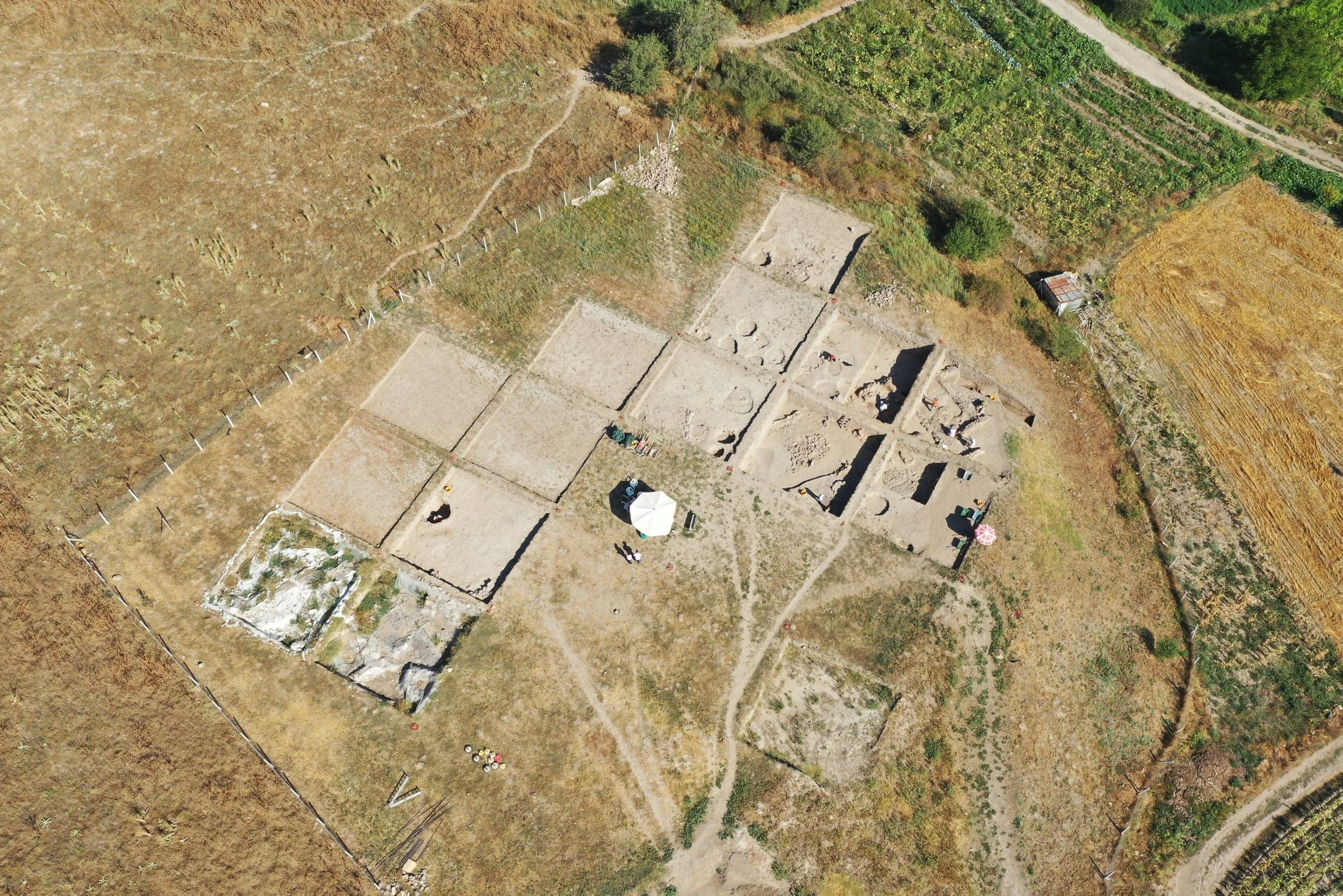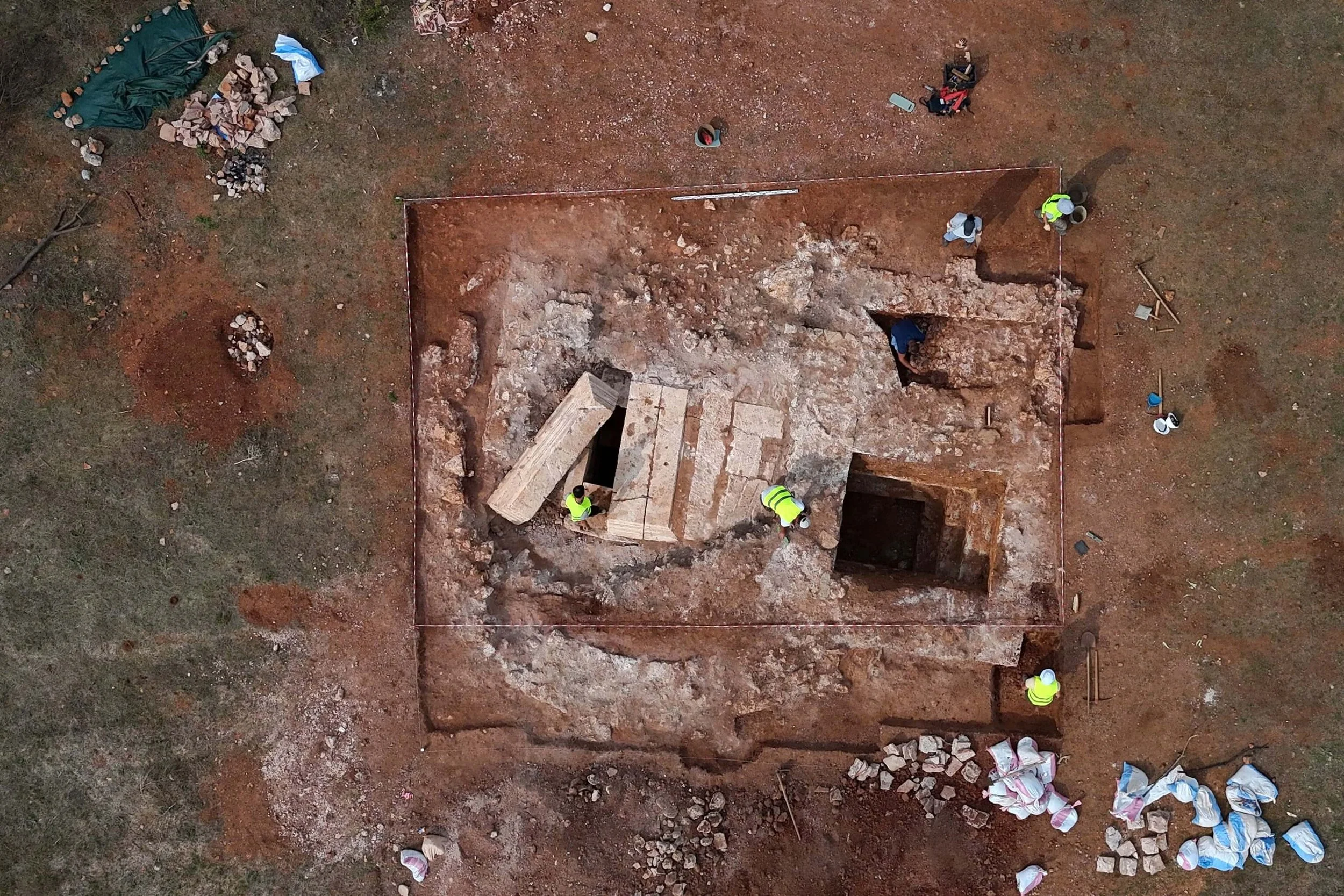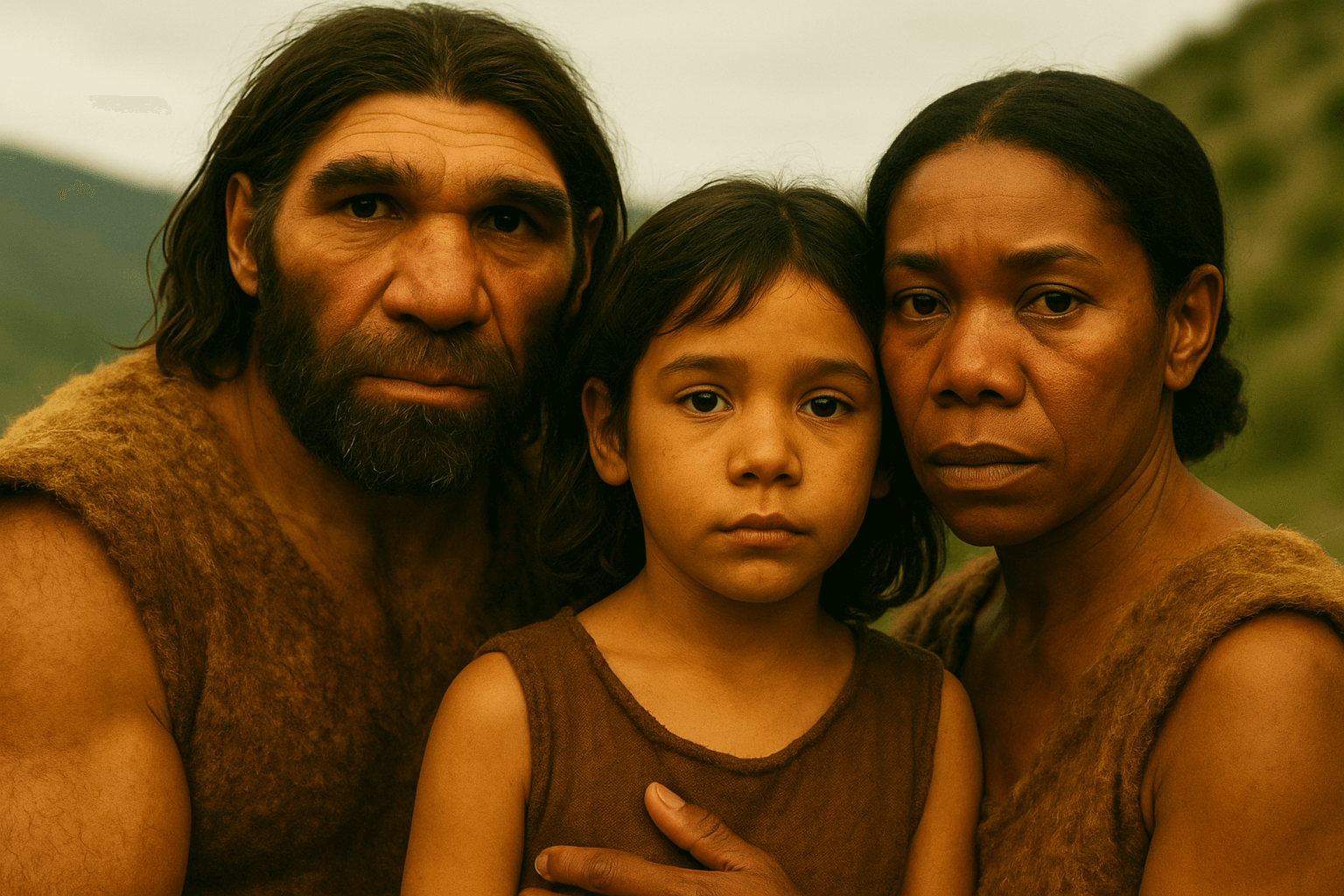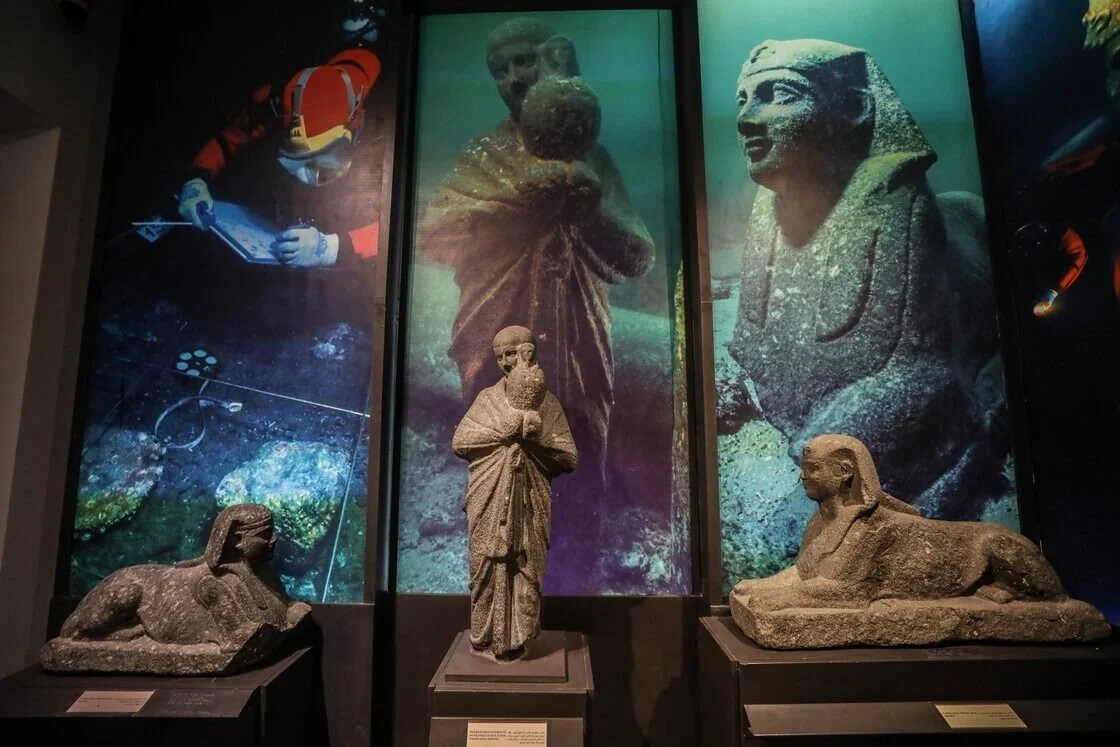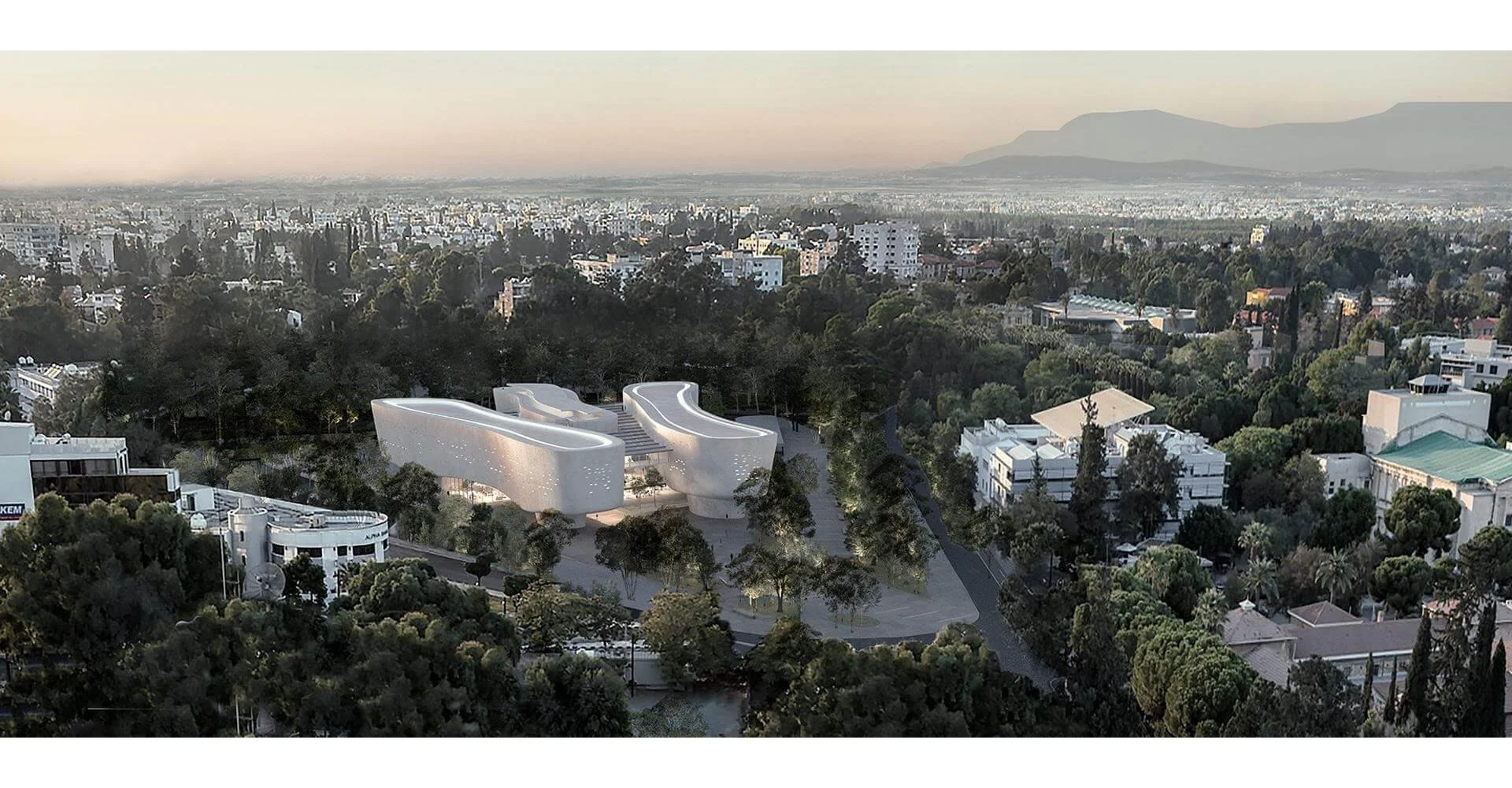In the course of excavations at the heart-shaped Tavşanlı Mound in Turkey's Kütahya district, archaeologists found two Bronze Age individuals' well-preserved brain and skin remains.
Skeletal remains discovered at Tavşanlı Mound in Türkiye's Kütahya province in this photo released on Sept. 4, 2023. (AA Photo)
According to specialists, the discovery was noteworthy because it was the first time that skin remains had been found during archaeological excavations in Türkiye, whereas brain remains had only been found four or five times.
According to Anadolu Agency (AA), specialists think the brain and skin fragments, which belonged to two men of different ages and were preserved through carbonization, belonged to two persons who were unable to evacuate their homes after they were set on fire during an attack 3,700 years ago.
Heart-shaped Tavşanlı Mound in Türkiye's Kütahya province in this photo released on Sept. 4, 2023. (AA Photo)
The results were presented at a conference held by the European Association of Archaeologists from August 30 to September 2 in Belfast, Northern Ireland.
Professor Erkan Fidan, head of the archaeology division of Bilecik Şeyh Edebali University (B EU), is in charge of the excavations at the location, commonly known as the "Heart of Kütahya."
According to Fidan, who spoke at the conference, the mound is the oldest village in the vicinity, and scholars think that it served as the region's capital during the Bronze Age.
He continued by saying that they think the city was attacked on a huge scale and completely destroyed approximately 1,700 BCE.
Aerieal view of the Tavşanlı Mound in Türkiye's Kütahya province in this photo released on Sept. 4, 2023. (AA Photo)
For almost 300 years, according to the archaeologist, it was uninhabited.
Professor Yılmaz Selim Erdal of the Anthropology Department at Hacettepe University pointed out that both skeletons were subjected to intense heat, which allowed the brain to be preserved inside the skull. They also mentioned that they discovered fragments of skin that had been carbonized by heat in one of the skeletons, between the chest and abdomen.
The attack's motive and perpetrator will now be investigated, according to experts.
An executive order started the excavations at the mound, and they are scheduled to continue for about 30 years.



